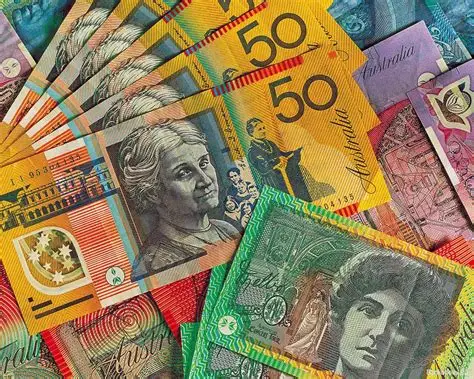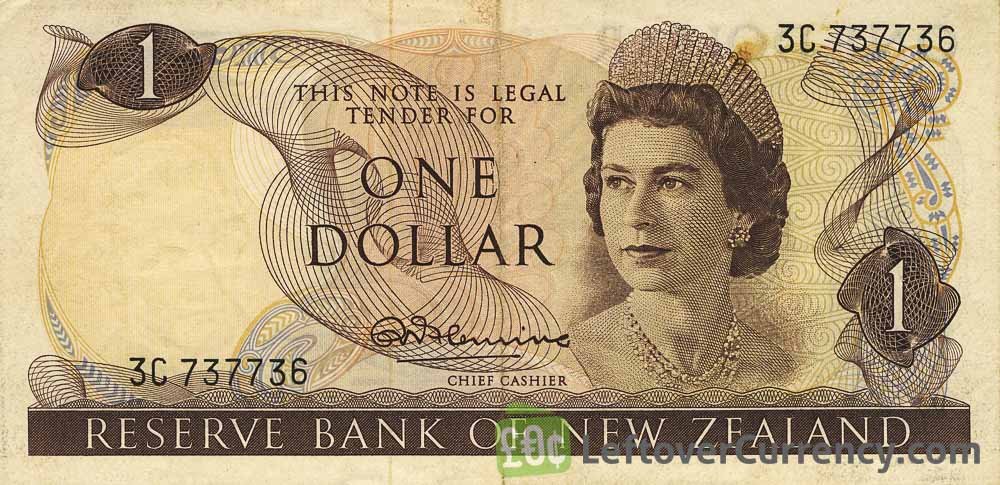EUR/USD Falls Below 1.1750 as Dollar Rallies on Fed Indications and French Protest
EUR/USD fell below 1.1750 on Friday as the US Dollar bounced off three-year lows, fueled by increasing Treasury yields and reserve Federal Reserve officials’ dovish rhetoric after this week’s 25 bps cut in interest rates. Whereas San Francisco Fed’s Mary Daly and Minneapolis Fed’s Neel Kashkari indicated a balanced prognosis, Governor Stephen Miran favored more easing, pointing to internal divergence. Meanwhile, political turmoil in France, with nationwide protests against planned cuts in spending, put pressure on the Euro. With a thin economic docket this week, investors now set their sights on future US data releases, such as PMIs, GDP, Jobless Claims, and the Fed’s preferred inflation measure, the Core PCE. KEY LOOKOUTS • Conflicting opinions by Daly, Kashkari, and Miran continue to influence expectations for upcoming rate cuts. • Nationwide demonstrations against spending reductions pressure the Euro and contribute to political risks in the region. • The major releases such as Flash PMIs, GDP, Jobless Claims, and Core PCE inflation will be steering market sentiment next week. • Short-term direction remains key with EUR/USD support at 1.1700 and resistance at 1.1800/1.1850. EUR/USD fell back below 1.1750 as the US Dollar rallied on the strength of rising Treasury yields and mixed messages from Federal Reserve officials in the wake of the recent 25 bps rate cut. While Fed members Daly and Kashkari kept a balanced tone, Governor Miran hinted that further easing might be warranted, which created market uncertainty. On the other hand, political tensions in France, where widespread protests broke out over suggested spending reductions, continued to weaken the Euro. With scarce data this week, speculators are looking ahead to next’s US economic reports, including PMIs, Jobless Claims, GDP, and the Core PCE inflation measure, for new direction. EUR/USD declined below 1.1750 after the US Dollar recovered on higher Treasury yields and dovish Fed comments. Political tension in France put additional pressure on the Euro, and markets now look to major US releases including GDP and Core PCE for new impetus. • EUR/USD fell 0.32% to 1.1747 as the US Dollar recovered from three-year lows. • Higher US Treasury yields underpinned the Greenback later in the week. • Fed officials sent out conflicting signals — Daly tilted dovish, Kashkari remained neutral, and Miran signaled further easing. • Protests in France against proposed spending reductions pushed the Euro and introduced political risk. • US Jobless Claims dropped to 231K, ahead of estimates, and the Philadelphia Fed Index rose to 23.2. • Futures markets expect a 90% probability of yet another Fed rate cut this month and close to 80% for December. • The important technical levels are support at 1.1700 and resistance at 1.1800–1.1850, while RSI still supports the overall uptrend. The Euro came under pressure against the US Dollar as political unrest in France and dovish comments from Federal Reserve officials influenced market sentiment. Demonstrations in major French cities underscored popular resistance against planned spending cuts, giving President Emmanuel Macron and his newly elected Prime Minister fresh challenges. This political unrest created another level of uncertainty for the Euro, already burdened by external factors. EUR/USD DAILY CHART PRICE SOURCE: TradingView To the upside, the Dollar found support on the US side from firmer Treasury yields and recent comments from Fed officials after a 25 bps rate cut. Although Mary Daly and Neel Kashkari found a balanced tone, Governor Stephen Miran reaffirmed his liking for more aggressive easing, highlighting splits in the Fed. With the calendar in the week looking fairly light, focus is shifting to coming US economic announcements like PMIs, Jobless Claims, GDP, and Core PCE that will give better insight into the economic direction and policy trajectory. TECHNICAL ANALYSIS EUR/USD fell below 1.1750 following an evening star candlestick pattern formation, indicating deteriorating momentum for the Euro. Bears are looking to 1.1700 as the next level of support, with a deeper sell-off possibly revealing the September 11 low at 1.1659 and the 100-day SMA around 1.1560–1.1574. On the upside, a reversal above 1.1800 could set the stage for 1.1850 and eventually the year-to-date high at 1.1918, while the RSI still underpins the larger-picture bullish bias by remaining below overbought. FORECAST If EUR/USD can maintain its position above the 1.1700 support and draw in new buying, the pair may recover momentum towards 1.1800. A move above this level would set the stage for additional gains towards 1.1850, with potential to test the year-to-date high at 1.1918. US data weakness and or a relaxation of political tensions in Europe may be catalysts for this rally. On the downside, persistent pressure from higher US Treasury yields and continued French political turmoil could drive EUR/USD lower. A strong breakdown below 1.1700 could reveal the September 11 low at 1.1659, with additional bears risks reaching the 100-day SMA and the August swing low in the 1.1560–1.1574 area. Bigger-than-anticipated US data would most likely speed this bearish trend.











